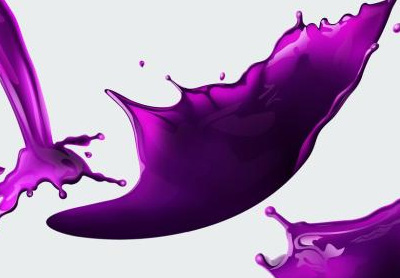Release time:2018-03-31 20:19 viewed:0
How to control water-based ink drying?

Water - based ink drying too slow, will cause the printing drying, the printed matter will lose luster, and will affect the overprint effect, resulting in printing quality problems. Water-based ink drying too fast will make the ink transfer poor, easy to cause blocking, the edge of the ink is jagged, ink drying to the plate surface.
In order to obtain the reasonable drying speed of waterborne ink, the following Suggestions are given in the process of the use of European ink.
1. Improve the pH value of water-based ink to reduce the drying rate of printing process without affecting the drying rate. The pH value is generally controlled at 8.5~9.5. Drying too fast, the pH value is controlled above 9 by adding stabilizer, but cannot exceed 9.5, otherwise the ink property will change.
2. If the printing speed is not affected, the water-based ink can be kept as slow as possible, and can be adjusted by adding slow drying agent. Different ink needs to be added to the amount of slow drying agent, generally not more than 5%. After adding the slow drying agent, the ink thickens and the pH value will decrease. Therefore, add water and stabilizer to control the viscosity and pH value of the ink.
3. When printing thin paper products, reducing the drying speed of water-based ink can reduce the warp speed of paper. This usually requires the addition of a slow-drying agent or a blocker. This is due to the water-based ink in the printing, the ink in the water and the alcohol volatilize, make the paper in the middle of the loose on both sides to produce warping. The effect of adding slow-drying agent is to make the ink not dry instantly and reduce warping.
4. Increase the convection speed of oven air, and can obviously accelerate the drying rate of printed matter. Because water-based ink contains a lot of water and alcohol, the enhancement of convection can reduce the relative humidity in the oven and accelerate the evaporation of the solvent.

